Imagine standing at the edge of a dense forest at dusk, the air tingling with the quiet promise of hidden lives. Somewhere, in the deep shadow, a mountain lion glides silently, alone but intensely aware of her world. For decades, scientists painted these big cats as the ultimate loners—mysterious, elusive, and fiercely independent. But what if we’ve been missing something? Recent research is turning our old beliefs upside down, revealing that mountain lions are not just solitary hunters but surprisingly social in their own secretive way. Their lives are richer, more complex, and even more captivating than we ever imagined.
Masters of Camouflage: Living in the Shadows

Mountain lions, often called cougars or pumas, are experts at blending in. Their tawny coats melt into the dry grasses and rocky outcrops of their territories, making them nearly invisible to both prey and humans. This natural camouflage isn’t just for hunting—it’s a survival tool that helps them avoid threats, including other mountain lions. Living in the shadows gives these cats the freedom to travel unnoticed, rarely crossing paths with people or rivals. This elusive behavior has fueled the myth that they are complete loners, but the reality is far more nuanced.
Home Alone, But Never Isolated

Despite their reputation for solitude, mountain lions live in a world full of invisible connections. Each cat claims a territory, often overlapping with those of other mountain lions. They communicate through scent markings, scrapes, and scat, leaving messages for others about their presence and status. These silent signals help avoid dangerous confrontations and maintain a delicate balance in the wild. It’s like living in a neighborhood where everyone knows each other’s business without ever meeting face to face.
The Secret Language of Scent

Mountain lions don’t roar, but they have a sophisticated way of talking: scent. By rubbing their cheeks on rocks, scratching trees, or leaving scat in prominent places, they send signals that last for days or even weeks. Each scent mark tells a story—about age, health, readiness to mate, or even a warning to stay away. Scientists have found that males and females use these marks to keep tabs on each other, creating a silent but thriving social network. It’s a bit like leaving sticky notes around your house, except the notes smell like you.
Motherhood: The Heart of Mountain Lion Society
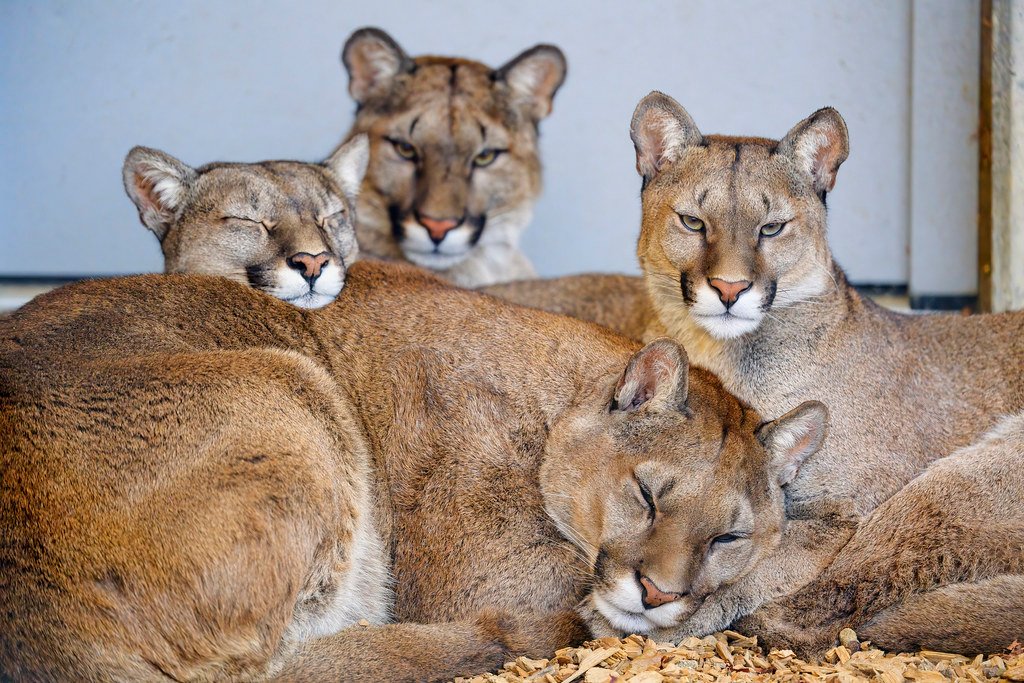
If you want to see the softer side of a mountain lion, watch a mother with her kittens. Unlike males, females spend months raising litters, teaching them to hunt, and protecting them from danger. These mothers are fiercely devoted, moving their young to new dens every few weeks to outsmart predators. Kittens stick together for up to two years, learning the skills they’ll need to survive on their own. The bond between a mother and her kittens is intense—and it’s often the only time mountain lions show true, physical closeness.
When Solitude Meets Social Strategy

Mountain lions aren’t pack animals like wolves, but they still have to navigate a tricky social world. Scientists have observed that males sometimes tolerate other males nearby, especially if they’re related. There are also rare moments when unrelated adults share a meal or cross paths without a fight. These interactions are subtle, often fleeting, but they show that mountain lions know when to be alone and when to cooperate. It’s a social strategy built on respect, caution, and a keen sense of timing.
Crossing Paths: The Overlapping Territories

Unlike many big cats that defend exclusive territories, mountain lions often have overlapping home ranges. A dominant male may tolerate several females within his range, and females may share parts of their territory with daughters or sisters. This overlap leads to occasional encounters—some friendly, some not. In places where food is plentiful, these boundaries blur even more, and mountain lions may gather at a carcass, sharing in a rare feast. These moments challenge our old ideas about their solitary nature.
Communication in the Dark: Vocalizations and Visual Cues

Though famous for their silence, mountain lions are not mute. They communicate through chirps, whistles, growls, and even screams that echo across valleys. Kittens call to their mothers with high-pitched squeaks, while adults use deep growls to warn off rivals. Sometimes, just a flick of the tail or a certain posture is enough to send a message. These vocal and visual cues add another layer to their complex social lives, proving that even the most solitary creatures have a lot to say.
Food Sharing: A Surprising Twist
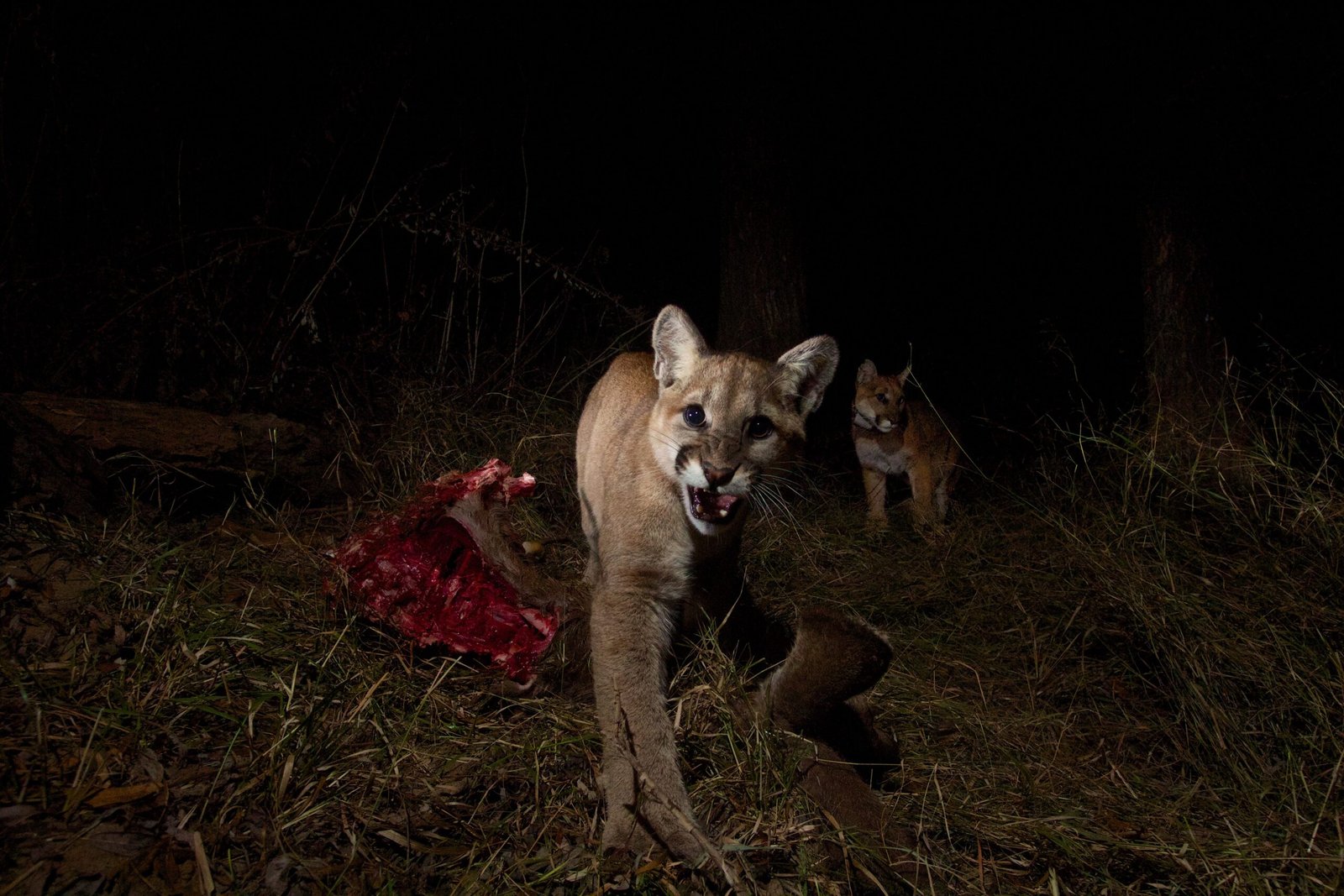
One of the most shocking discoveries in recent years is that mountain lions sometimes share their kills. Researchers have documented unrelated adults feeding side by side, especially when prey is abundant. This behavior, known as “tolerance feeding,” is rare among big cats and suggests a flexible approach to survival. By allowing others to join the feast, mountain lions may avoid unnecessary fights and even form temporary alliances. It’s a reminder that survival in the wild often means bending the rules.
Learning from Each Other: Social Learning in Mountain Lions

Mountain lions may be solitary, but they are also keen observers. Kittens learn from their mothers, picking up hunting techniques and survival skills by watching and imitating. There are even signs that adult mountain lions pay attention to the successes and failures of their neighbors, adjusting their own strategies accordingly. This social learning is a mark of intelligence, showing that these cats are not just creatures of instinct but also creative problem-solvers.
Sibling Bonds: More Than Just Play
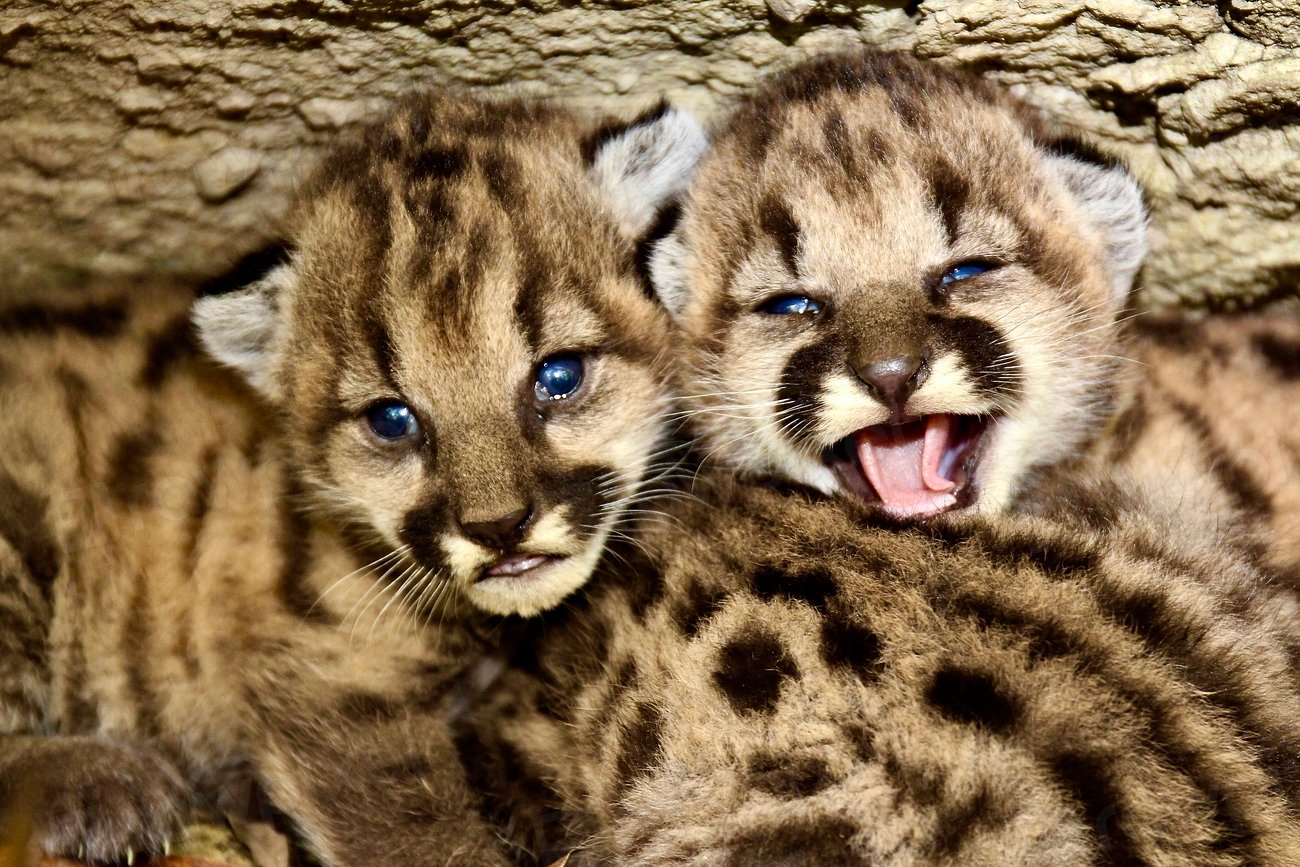
While kittens stay with their mother, they form strong bonds with their siblings. Play-fighting, stalking, and wrestling are not just games—they’re crucial lessons in hunting and defense. Siblings often work together to explore their environment, and older kittens sometimes help care for younger ones. These relationships can last even after the cats leave their mother, with siblings occasionally crossing paths as adults and showing unexpected tolerance.
The Role of Fathers: More Present Than Expected
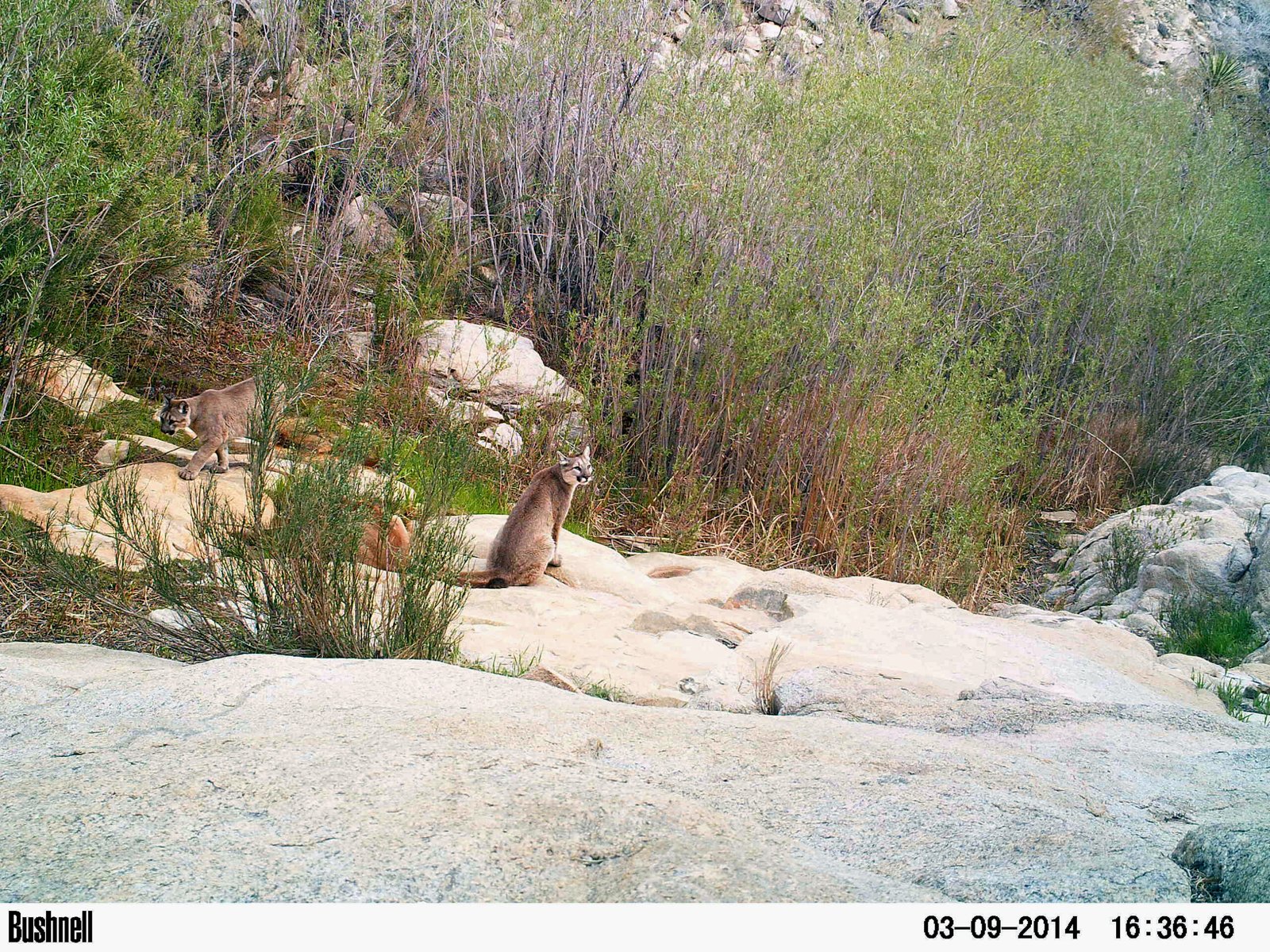
Male mountain lions have long been seen as absent fathers, but new evidence suggests a more complicated story. In some populations, males have been observed visiting kittens and their mothers, sometimes sharing food or simply watching from a distance. While they don’t take part in day-to-day care, their presence can deter rival males and protect the family unit. This occasional involvement hints at a hidden layer of social complexity.
Urban Encounters: Adapting to the Human World

As humans encroach on wild spaces, mountain lions are adapting in surprising ways. In cities like Los Angeles, these cats navigate highways, backyards, and golf courses, often using the cover of night to avoid people. They’ve learned to recognize human patterns, timing their movements to stay out of sight. This adaptability shows not just intelligence but a remarkable ability to read social cues—both from other mountain lions and from us.
Conflict and Cooperation: Navigating a Crowded World
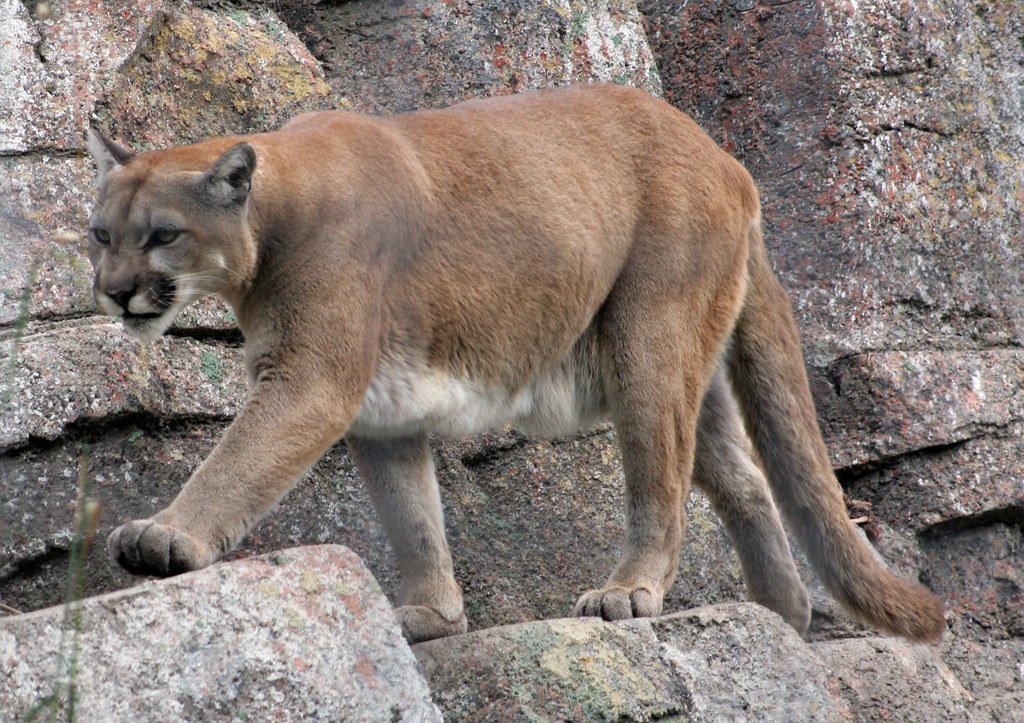
With habitats shrinking, mountain lions face more competition for space and food. This sometimes leads to fierce battles, but it can also push them to cooperate in unexpected ways. Some mountain lions have been observed forming loose associations, especially in areas with abundant prey. These shifting alliances help reduce conflict and make the most of limited resources. It’s a delicate dance between competition and cooperation, shaped by the pressures of modern life.
Tracking the Invisible: How Scientists Study Mountain Lion Social Lives
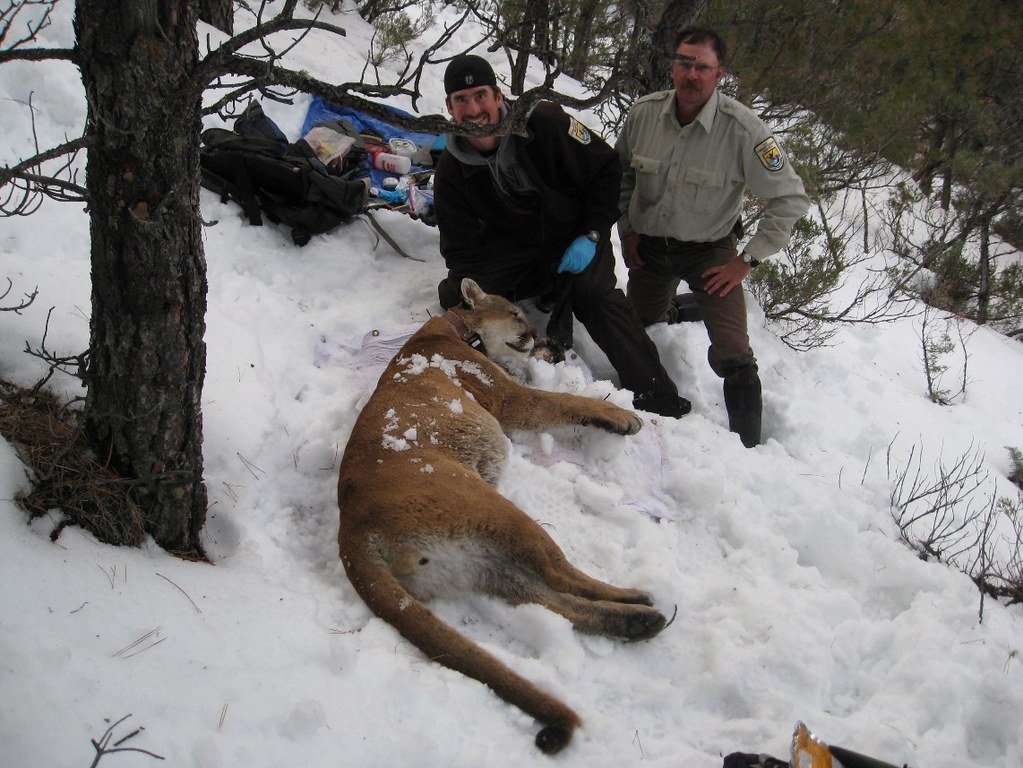
Uncovering the secret social lives of mountain lions requires creativity and patience. Researchers use GPS collars, camera traps, and genetic analysis to track movements and relationships. Each new discovery challenges old assumptions, revealing a world of hidden connections. The more we learn, the clearer it becomes that mountain lions are not just solitary hunters—they are part of a complex, dynamic web of life.
Intelligence and Problem-Solving: The Clever Cat
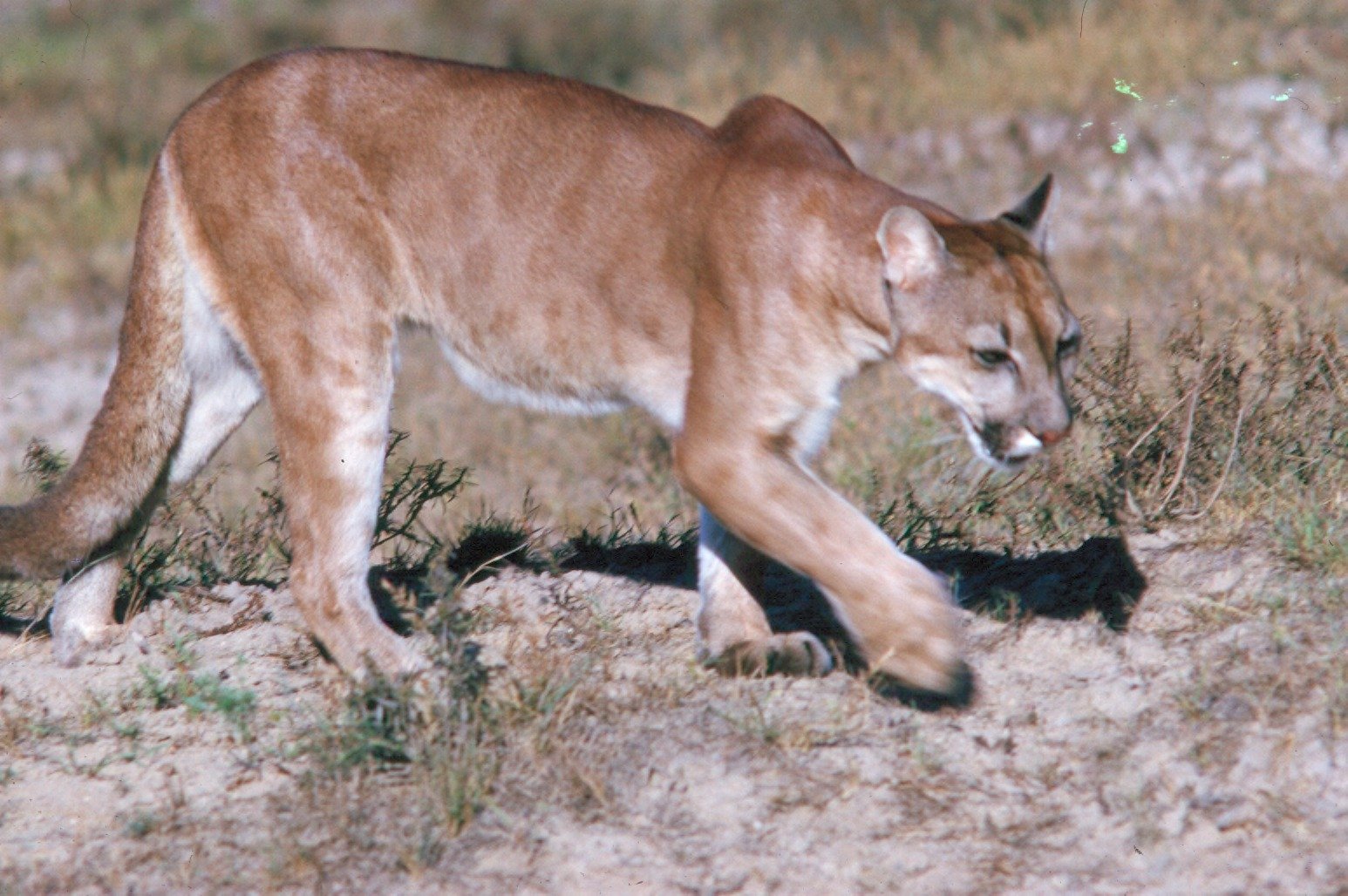
Mountain lions are remarkably smart, able to solve problems and adapt to changing environments. They navigate vast territories, remember the locations of prey, and find creative ways to avoid danger. Their intelligence is especially clear when they interact with humans, finding ways to cross roads safely or avoid detection. This cleverness is a key part of their survival—and it may even play a role in their subtle social interactions.
Conservation Challenges: Protecting a Complex Species
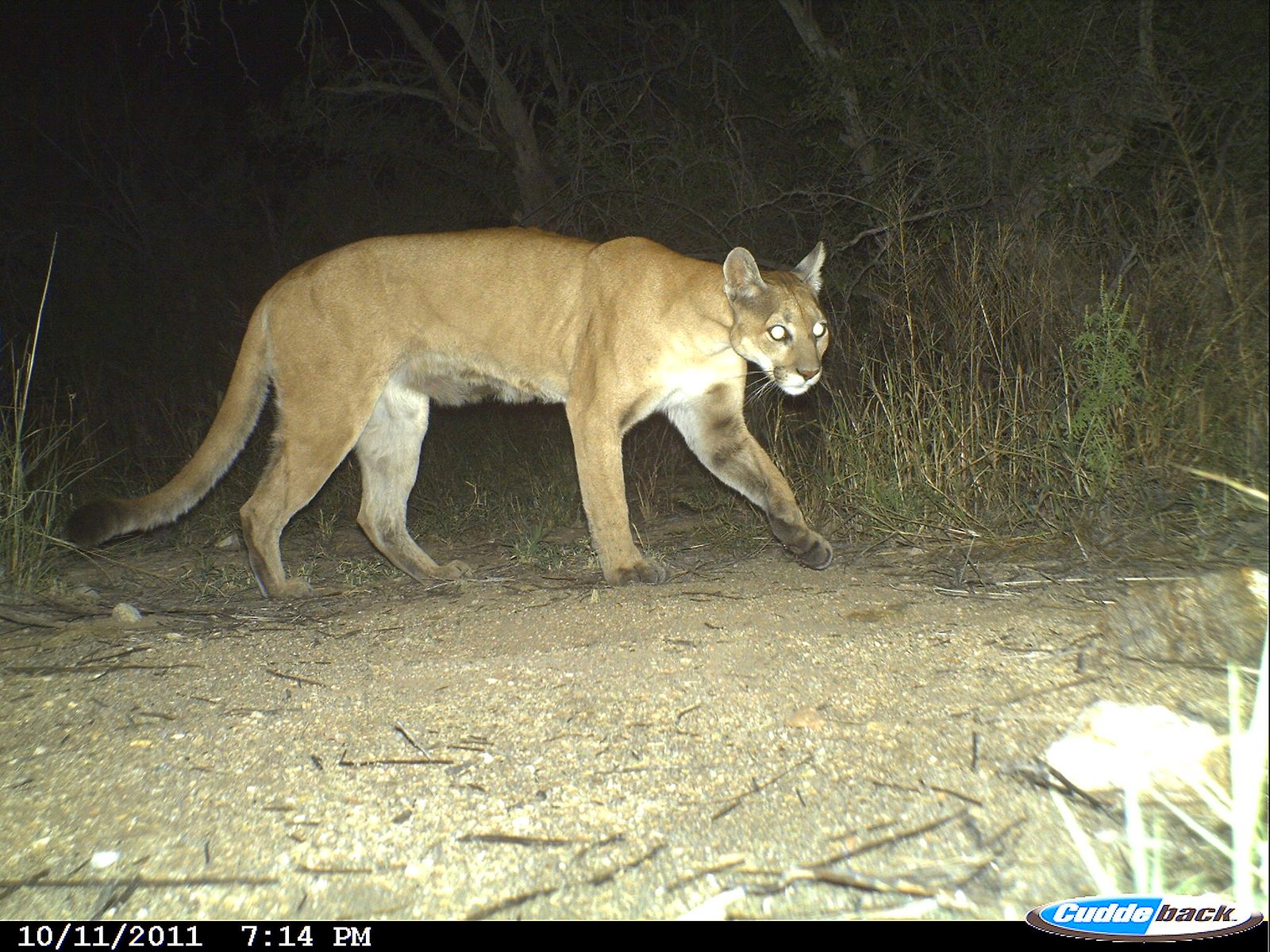
Understanding the social lives of mountain lions is essential for their conservation. As we learn more about their needs and behaviors, we can design better strategies to protect them. This means preserving large, connected habitats and reducing conflicts with humans. It also means appreciating the full richness of their lives, recognizing that these cats are more than just solitary predators—they are vital members of their ecosystems.
Emotion in the Wild: Do Mountain Lions Feel?

Scientists are just beginning to explore the emotional lives of mountain lions. Observations of mothers with kittens, playful siblings, and even gentle interactions between adults suggest a range of feelings—fear, affection, curiosity. While it’s impossible to know exactly what a mountain lion feels, their behavior hints at a depth of experience that goes beyond basic survival. This emotional complexity makes their world even more fascinating.
Legends and Misconceptions: Changing the Narrative
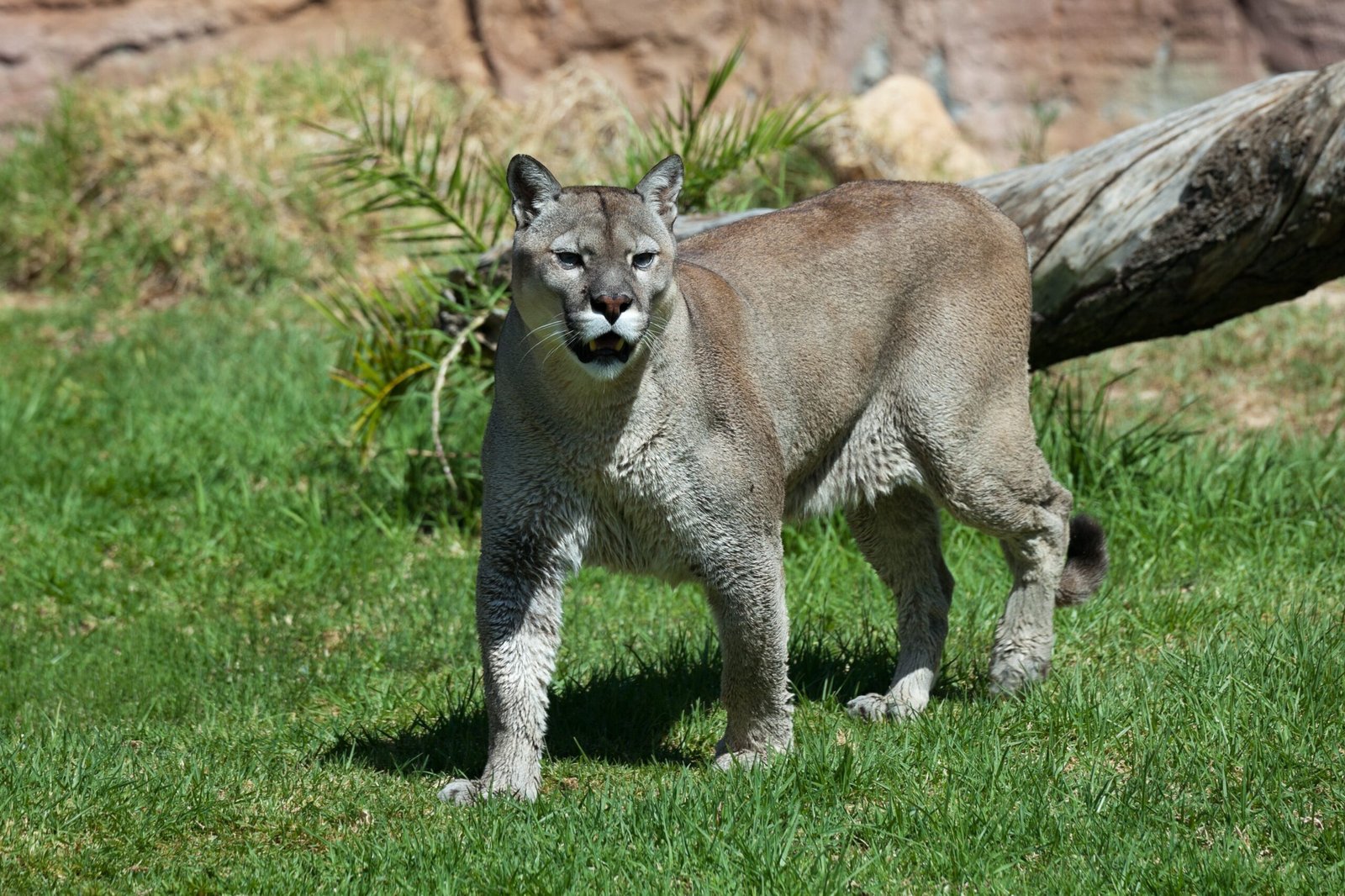
For centuries, mountain lions have been cast as villains or ghosts—creatures of fear and mystery. But as science reveals more about their true nature, public perceptions are starting to shift. These cats are not mindless killers or total loners; they are intelligent, adaptable, and surprisingly social. By challenging old myths, we can foster greater appreciation and support for their conservation.
The Future of Mountain Lion Research
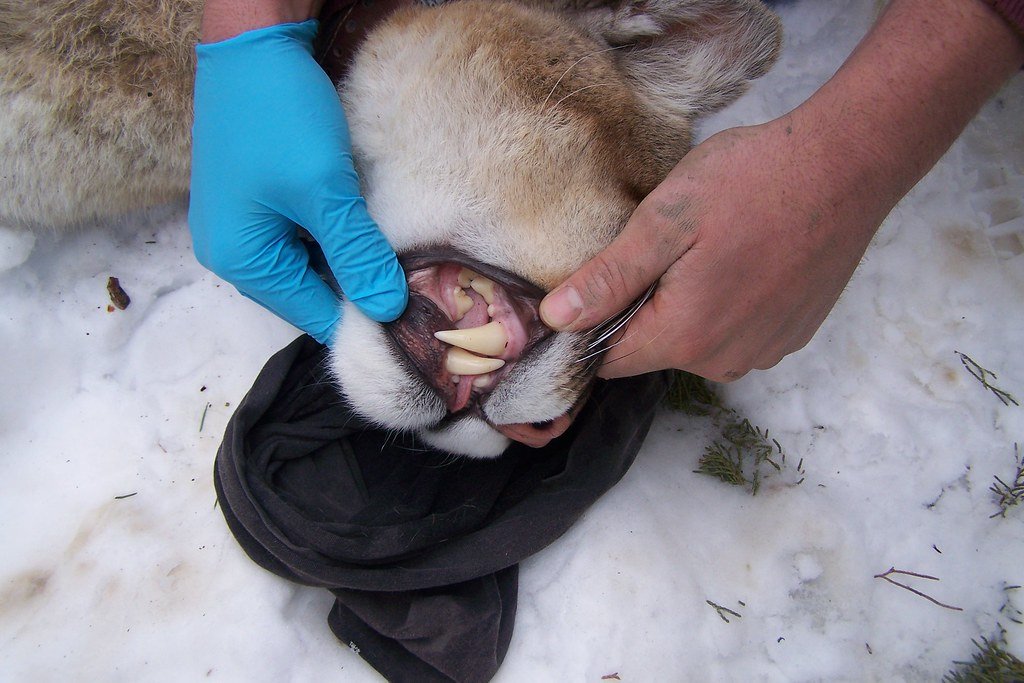
There’s still so much to learn about these enigmatic cats. New technologies and innovative studies promise to unlock even more secrets in the years ahead. Each discovery brings us closer to understanding not just mountain lions, but the hidden social lives of many “solitary” species. The journey is far from over, and every new insight sparks fresh questions about the wild world around us.
Mountain lions may walk alone, but their lives are woven with invisible threads of connection, intelligence, and emotion. Their story is a reminder that the wild is never as simple—or as lonely—as it seems.




